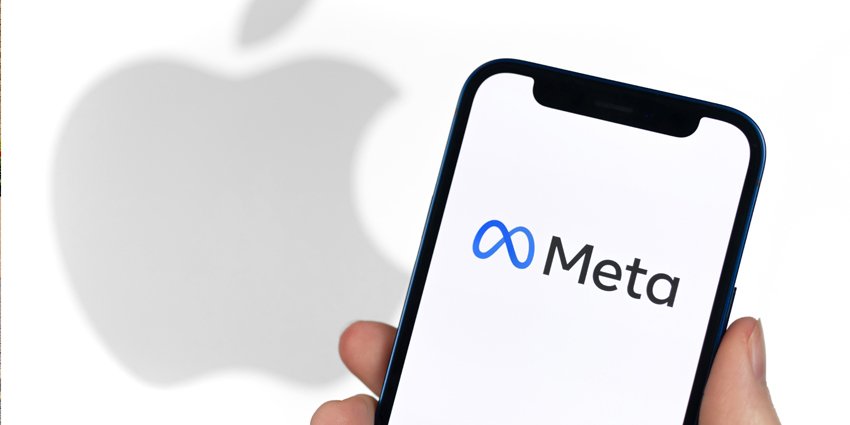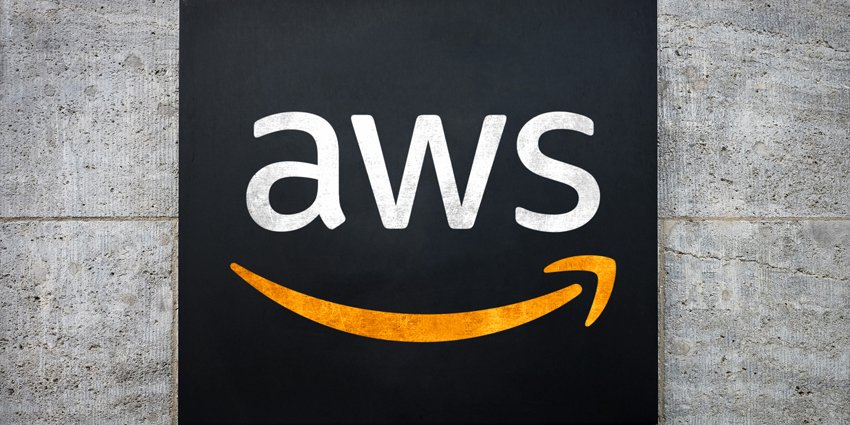[ad_1]
Enterprise XR headsets are still emerging across end-users of all varieties. At the same time, some firms are increasing potential enterprise, education, and industrial immersive technology use cases.
The closing half of 2023 and the opening years of 2024 may prove fruitful for enterprise clients wanting to dive into XR solutions.
Many XR vendors, big and small, are promising to reinvent the future of work, education, healthcare, and more with novel immersive solutions purpose-built for specific use cases.
However, some big names in the market are attempting to lead the XR space – away from its gaming and entertainment foundations – to solve modern workplace problems with emerging technologies.
Firms like Meta, Apple, and Microsoft have made recent moves to establish each firm’s immersive product portfolio as a new way of optimising and improving workplace outcomes.
Moreover, other XR leaders like Lenovo, HTC, Varjo, Xreal, RealWear, and others are helping bring solutions to various enterprise end-users, covering use cases such as training, vehicle simulation, and product development.
What are the Value Propositions of XR Headsets for Enterprise?
The XR industry is still in the very early stages. Enterprise end-users are only made up of a handful of champions and clients ready to experiment with XR via pilot projects.
While many industry partners are experiencing success stories by leveraging XR, immersive solution implementation is still in its early days. XR vendors wishing for enterprise success should understand where end-users are in their AR/VR/MR journey; some workers may have never put a device on.
With new headsets emerging, the vendor with the most understanding of their end-user’s and developers’ needs should see the most success.
At the moment, it is difficult to tell which firm will lead the race. However, based on current standings and outlooks, a clearer picture can exist to show the potential of recent XR vendor promises and expectations.
Devices like Apple’s Vision Pro debuted earlier this year. The device’s spatial computing promise looked to introduce potential users to the productivity benefits of an immersive device.
Moreover, Meta is launching Connect 2023 this week to highlight its latest products, including the Quest 3 MR headset. However, it should be noted that Meta is aiming for a consumer and gaming market. Meanwhile, Apple is competing for workplace dominance.
Meta has already tried to dip its toes in the workplace market with its Pro device; however, due to a high price-point and low adoption rate, the device failed to revolutionise the workforce. Apple’s Vision Pro may face the same issues as the Quest Pro if the firm takes the same steps, but if Apple improves on its XR promise by using the past two years of the XR marketplace observation, the firm may see success in its expensive product.
Moreover, concerns stem from some developers over implementing an Apple-walled garden, which could cut off opportunities for some. However, a walled garden could also provide a more stable operating framework for immersive application developers.
Apple, however, appears to be taking a proactive approach to its famed walled garden by opening up its visionOS to Unity developers, allowing for easy creation and porting of immersive applications.
Meanwhile, Microsoft is working on showcasing client success stories which see the firm take an enterprise-first approach to its hardware, helping end-users find success and attach XR to new pain points faced by AEC, healthcare, and military firms.
The Next Wave of XR for Work
To dissect the state of enterprise XR in the face of a wave of new products and promises is Digital Engagement Expert Mark Christianson, who had a storied history of championing XR at Mars Inc. going back to 2017.
According to Christianson, enterprise XR champions must ask multiple questions before introducing AR/VR/MR solutions to their workplace, such as “is the value proposition large enough to make me pick that device up or purchase the device? Or do I feel good about the investment?”
Christianson used the PSVR 2 as an example of a failing value proposition for consumers, explaining:
If you go and you get the PlayStation VR and there are only really two games on it you like, then you look at it, and you go, OK, I paid a premium for essentially two games. If they’re not really developing fast enough, then it’s collecting dust.
A successful XR product should keep a user, manager, or team returning to use and engage with a headset – “I think that’s the value proposition,” remarked Christianson.
Speaking on the Apple Vision Pro and the firm’s history of walled gardens, the digital engagement expert noted that while positive prospects exist, will it be enough to convince users that they’re getting a return on their investment, or are there enough applications coming down the pipeline to support the device?
Moreover, it is not just Apple that needs to respond to potential XR pitfalls. The success of XR relies on the frameworks powering headset-selling applications. The proper framework for developers will allow more opportunities to exist on headsets thanks to targetted applications developed on RT3D engines such as Unreal, Unity, and NVIDIA Omniverse.
Christianson added:
I’ve been watching NVIDIA Omniverse and Unity mainly. Developers can say “I can build what I need on that framework” and be on an accepted framework with a good history. I think that’s very important to scaling. From these platforms, devs could just compile it for the Apple ecosystem, or any other which increases opportunities and adds value.
Will XR Headsets Replace Monitors?
An emerging use case is arising, arguing that XR headsets can provide an alternative to external monitors by expanding a desktop or laptop’s workspace by creating virtual screens to work on.
Virtual screens vary in size depending on the device. However, each vendor notes how a headset operator can expand virtual monitors to a massive scale, allowing for working in tight spaces or on the go.
However, will virtual monitors overtake external monitors? This factor could depend on various elements, notably if enterprise decision-makers would rather spend capital on emerging XR technology or trusted computing solutions.
MR devices such as the Vision Pro, Xreal portfolio, and Immersed’s Visor all sell the vision of virtual monitors.
For those in a small apartment, the promise may seem fruitful as an alternative method of getting the feel of multiple external monitors.
However, it is not a perfect solution… yet. The prospect is appealing, but the world has not experienced it first-hand. Naturally, problems will arise with new technologies, but how much of a hurdle could MR workspaces become? This is especially noteworthy if enterprise decision-makers are investing large sums into headsets.
Christianson added:
It’s going to suffer from the same issues that we see in every other platform that tries virtual monitors. You can do the desktop in the Meta Quest, in VR, and yes, you can see the pass-through. I think that’s a significant help too. But, we haven’t seen people’s willingness to say I’m going to leave that on all day. In the future, maybe if the technology gets small enough, then ubiquitous, and people don’t look like they’re wearing a weird sci-fi headset.
Moreover, Christianson added that virtual monitor use cases are “the wrong problem to solve,” adding that it’s “low-hanging fruit.”
Christianson explained:
I’m giving you all these extra screens. But if you walked in and said: “Look money is no object. I’ll buy you three more external monitors.” Would the worker prefer the XR headset, or would they prefer the physical monitors? If you can’t afford three giant screens. Is it because of space? What is it that supports that leap into the virtual or is it the novelty? It would be interesting to poll the users and find out what drives that proposition?
Christianson noted how individuals who try to work all day in a headset get fraught with issues such as getting sweaty, low battery, device tethering, or tripping over the furniture. Using spatial environments as a complete working environment, a monitor replacement, is not going to lead XR in the workplace, says Christianson, who added, “I think it’s going to be hop-in. So, we will have an immersive meeting, a team get-together.”
Christianson said:
It’s a matter of trying to get these devices out there and then trying to see what use cases pop up or take off. Enterprise is interesting with many embracing health and safety projects that have been changing how we do training. These projects can fight some of the financial pushback because you can argue what is the price of saving a human life.
Moreover, the behaviour of an enterprise XR user is critical. Creating a use case that drives an extended feeling of engagement could prove XR’s worth in the workplace. Traditional methodologies exist in training, productivity goals, and other use cases. But how does XR take a step forward from existing methods and add an increased value proposition for workers, managers, and the company as a whole?
Christianson added:
I keep telling people, what are you trying to do here? If you’re just doing a 3D picture, but you’re putting everything right in front of the user, then I think you’re missing the point. XR applications should make me look up, should make me look behind, and do things that I don’t normally do. I’m used to just facing forward and saying, pick the things that are wrong in the picture. Great. OK, I can look left and right, but I’m kind of locked in. Trick me. Make me look around. Let me understand that I have to maybe walk three paces and look at an object from an angle.
Meta Vs Apple
Meta and Apple are growing their immersive product portfolio side-by-side, but will the firms compete over the same customer bases? It appears that Meta is taking a strong focus on entertainment. Meanwhile, Apple is going all in on productivity.
Christianson explained:
Meta is trying to own its entire ecosystem because they were impacted by Apple in their ad changes. Zuckerberg is going in and saying, I want to own the ecosystem, and I don’t want to be impacted by anyone. That was a reaction to what happened in the market, and then now, here comes Apple. Apple is going to have a similar product and they have a long history of owning the ecosystem.
However, the digital engagement expert noted that due to the Vision Pro’s massive price-point, the device could become a “novelty” for those who can spend the money, “like HoloLens a little? If The funds are no object, I can have it.”
Christianson also added:
Apple has to teach the users what the use case is and then create that desire. Now, Apple does that extremely well, creating that desire. But, I think they’re gonna suffer from what’s the value proposition, whats the use case, and how often can I do that? What is the ROI?
Speaking on Meta, the digital engagement expert noted that he hopes the firm “continues to go after the regular consumer market.” He added, “if people have it in their homes, businesses can say, look, they have that device; let’s go ahead and put it on.”
According to Christianson, by establishing a presence in the consumer market and, therefore, in people’s homes, XR vendors could help overcome issues such as simply understanding the technology.
Christianson explained:
The challenge there is businesses still have to overcome a lot of user issues, such as “I don’t understand the headset. I have to get used to it. I am self-conscious about putting this on in a room with other people looking at me.” If it was as natural as picking up a phone, we wouldn’t even think twice about it. When we see somebody on their phone, head down, it’s OK – they’re on their phone. We need to normalise XR. Picking a headset up and using it should be normalised, and I think you can only do that if the headsets are on the cheaper side and if people are using them at home. Then, when at work, seeing somebody with a headset on is not this weird thing.
Although headsets are not for everyone. Simply put, it’s not the correct decision for some firms, “as much as I love the VR stuff, I could argue against it. I could say no, don’t do it if it’s not for you. Suppose I’m not hearing spatial audio and not having that impact; it’s tech for tech’s sake,” Christianson remarked.
[ad_2]




